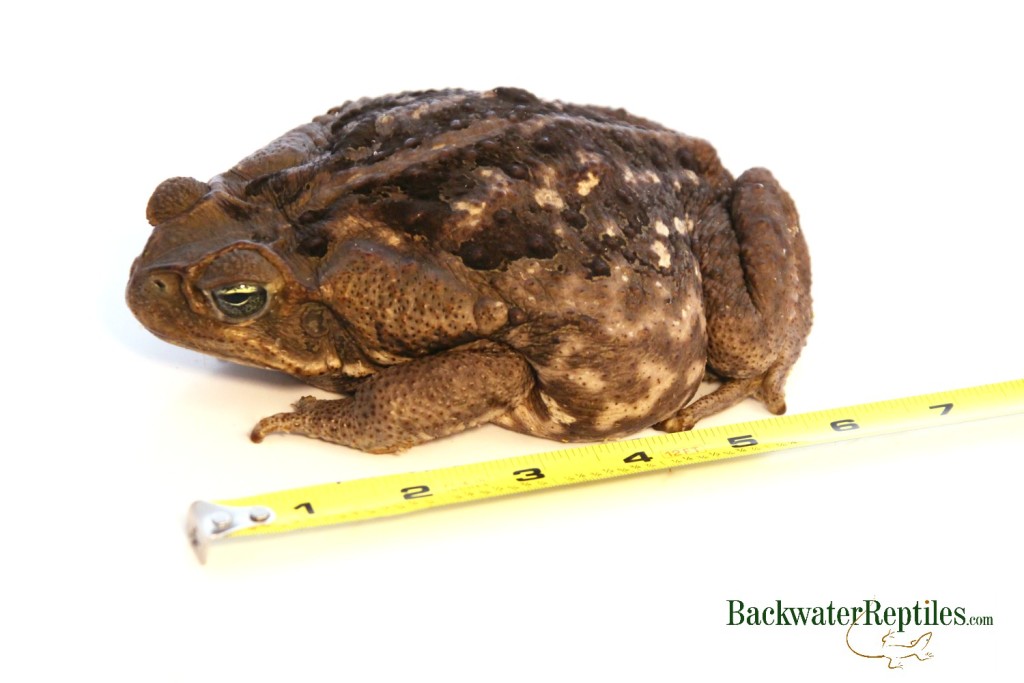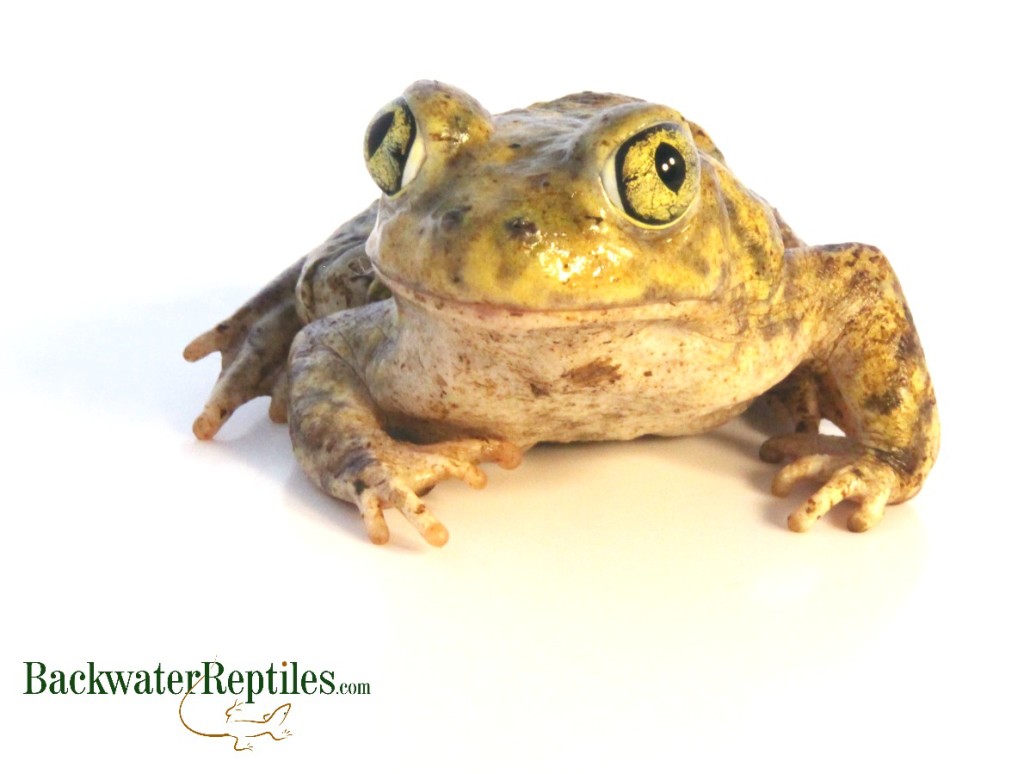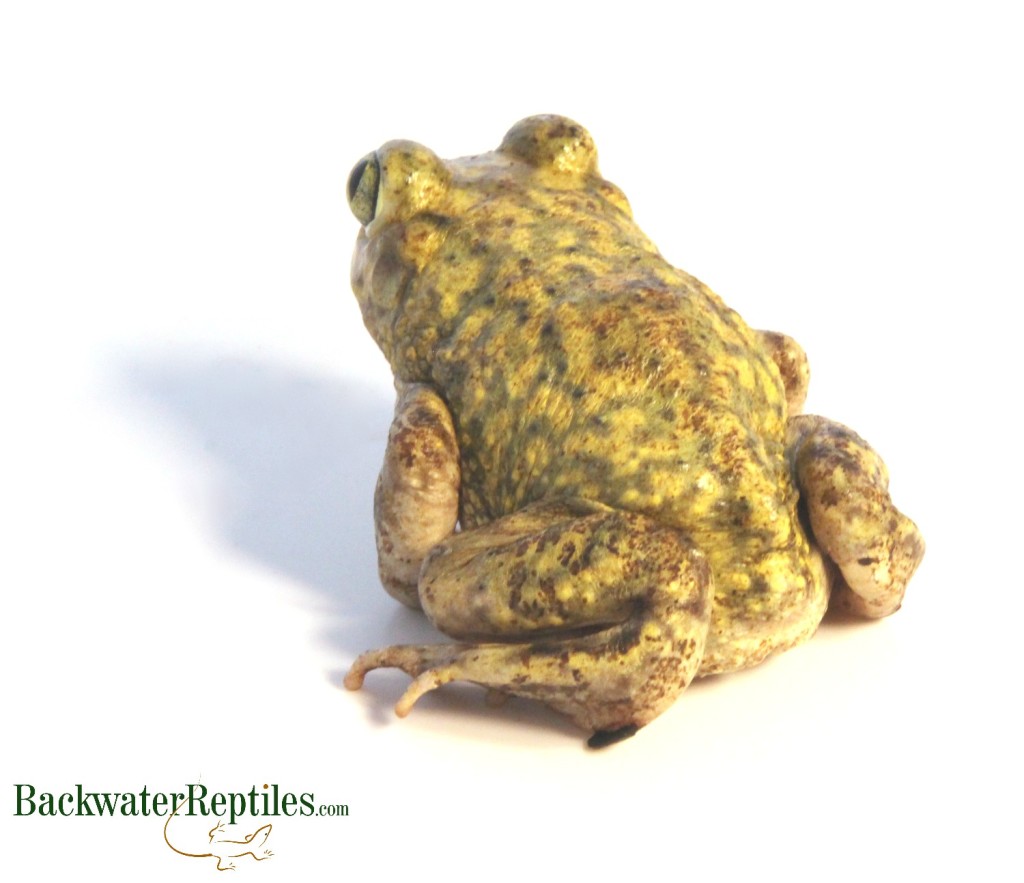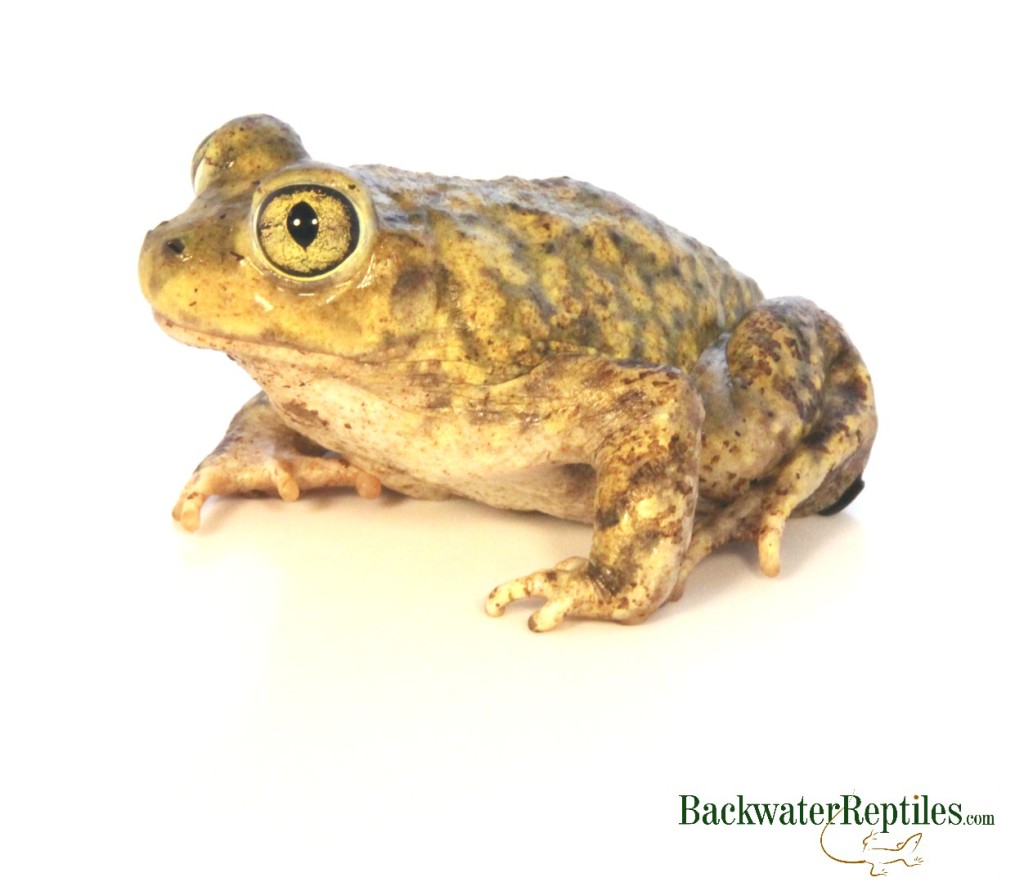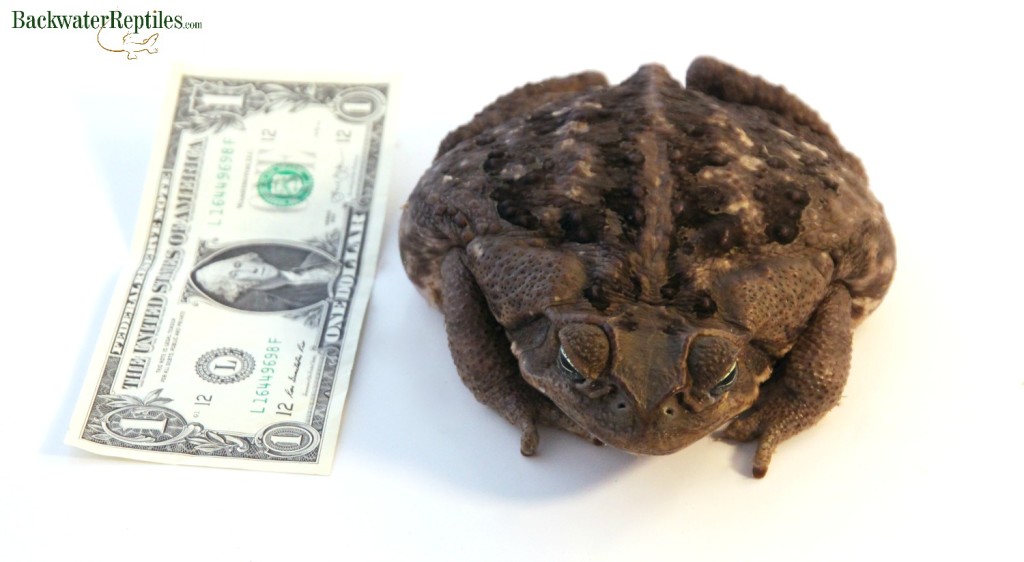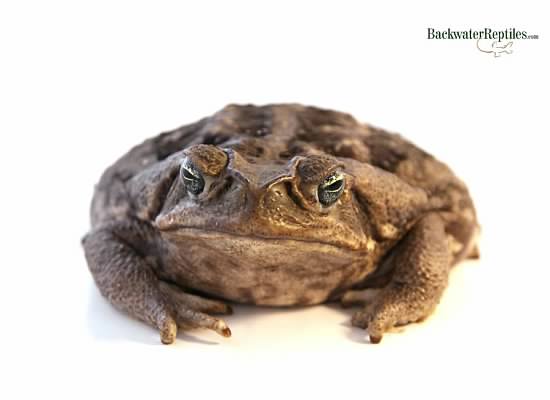At Backwater Reptiles, we love exotic critters of all types – arachnids, amphibians, and reptiles alike! However, some people are not so fond of our amphibious friends, frogs and toads. This could be because frogs and toads are not traditionally “cute” like most pets, or maybe it’s due to lack of education on the species.
No matter what reason someone might have for disliking frogs and toads, in this article, we’ll set out to explain some of the more popular frog and toad myths. Hopefully a little knowledge will help some people see frogs and toads in a new light.
Myth #1 – Frogs and toads cause warts
First off, let us say that through years of experience handling toads and frogs on pretty much a daily basis, this myth is just NOT true. Let us state that again – frogs and toads DO NOT cause warts! You can safely pick up any frog or toad no matter how wet, sticky, or dirty it appears to be and you can rest easy knowing that your hands and face will be free of warts.
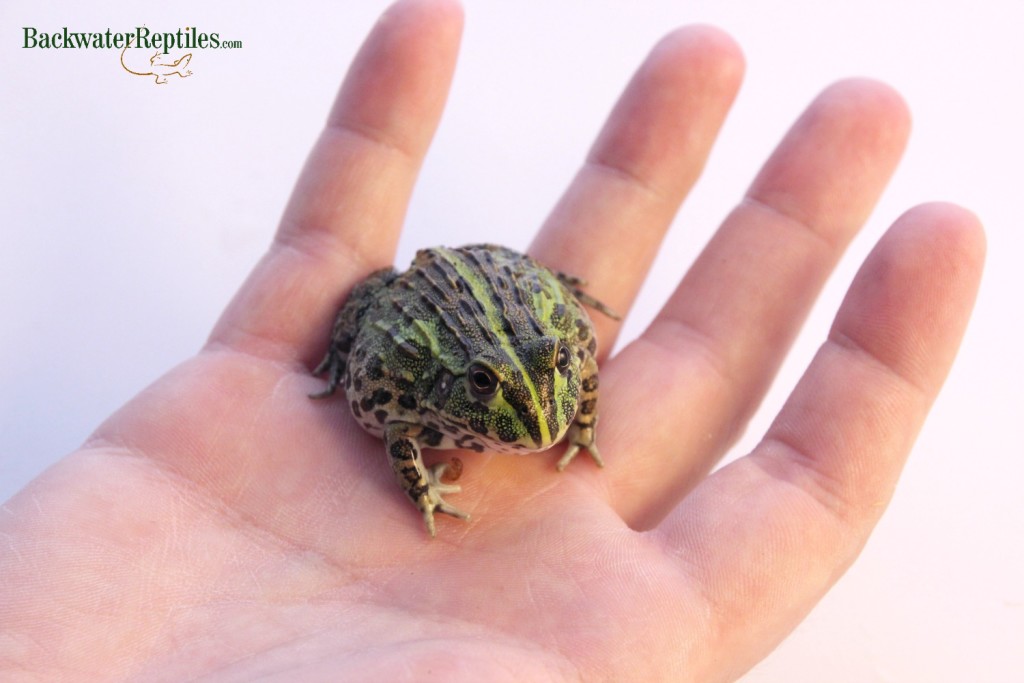
Warts are actually caused by a virus. Frogs and toads are not capable of transmitting this virus. So, essentially, you could get warts by interacting with another human being, but interacting with an amphibian will not give them to you.
Myth #2 – Frogs and toads are slimy
This myth is only partially false. Toads tend to be “dryer” than frogs and this is because frogs live closer to bodies of water and are usually moister than toads. Toads have bumpier, rougher skin and tend to stay out of the water for the most part. So, the bottom line is that you might encounter a wet frog, but you’ll probably only encounter a moist toad.
We also want to mention that even though frogs are wetter than toads, that does not make them slimy. They are not sticky and don’t leave mucous behind on your hands if you hold them.

So, the takeaway from this myth debunking is: frogs and toads might be moist or wet due to the nature of their skin, but they won’t be slimy. No residue will be left on your skin.
Myth #3 – Toads and frogs are associated with witch craft
While frogs and toads might hold certain places of honor in the world of Harry Potter, in real life, toads and frogs are just like any other creature that has a bad reputation. Take for instance black cats. We all know that it’s just a superstition that a black cat crossing your path means bad luck. The same principle holds true for frogs and toads.
In fact, in some cultures frogs and toads are actually good omens or signs of good luck! Just goes to show you that it depends on your upbringing and belief system and not the animal itself.
Myth #4 – Licking a toad will cause you to hallucinate
This myth actually has a somewhat factual basis. Both frogs and toads can be deadly if handled improperly due to poisons secreted through their skins.
For example, the poison dart frog is very aptly named. This group of frog species secretes a poison through its skin that is toxic to all kinds of animals if ingested or allowed to get into the bloodstream.
However, it’s not a hallucinogen, so licking a poison dart frog will more than likely kill you or make you very ill instead of make you high.

On the other hand, many species of toads actually secrete a substance called bufotoxin through glands behind their eyes when they are stressed or threatened.
This toxin is deadly when “raw” and many family pets are actually killed each year from accidentally ingesting bufotoxins from Cane toads. What can happen is, the toad will actually try to eat the dry dog or cat food from their outside dishes (yes, these toads will eat dog food), and the dog or cat will then defend its food by biting the toad. Bad move.
However, bufotoxins can technically be processed scientifically and are then considered hallucinogens, so this myth is partially true. Colorado River toads are notorious for their bufotoxins and are actually banned in some states.
You can lick a toad or frog in an attempt to get high and hallucinate, but more than likely you’ll just end up in the hospital. Lesson: don’t lick toads.
Conclusion – Frog and Toad Myths
We think that frogs and toads make awesome pets, so we hope that this blog article has helped shed some light on common myths surrounding them.
Frogs and toads are just amphibians trying to survive like any other animal. We don’t think they deserve to be shunned or avoided just because someone once told you that touching them gives you warts!



